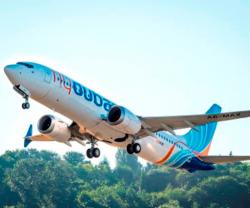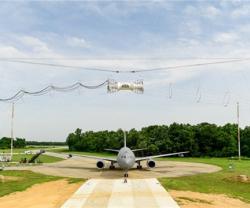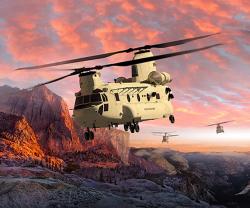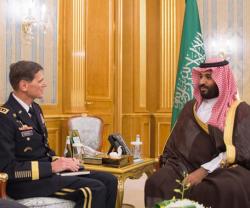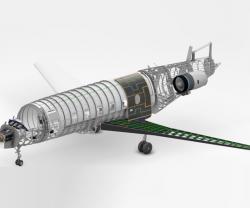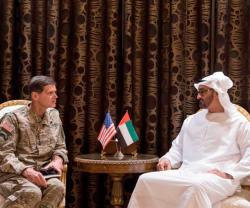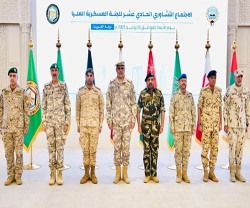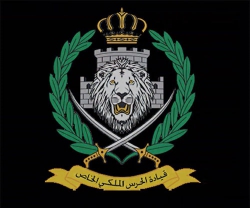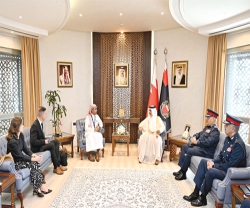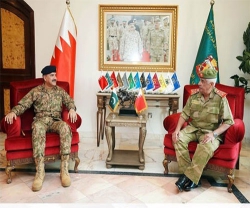On January 28, the U.S. Air Force awarded Boeing a full rate production contract to deliver 10 CONECT kits that modernize communication systems for the B-52 bombers today and into the future.
Those technology enhancements include full-color LCD displays with real-time intelligence feeds overlaid on moving maps, several communication data links that connect via satellite to platforms and troops in the field and an onboard, high speed network that enables aircrew to respond quickly to a mission change or identify and engage new targets with their weapons.
“CONECT gives the B-52 the agility and flexibility needed for the modern battlefield while also providing greater situational awareness for the aircrew,” said Scot Oathout, Boeing’s B-52 Program Director.
U.S. Air Force personnel install CONECT at Tinker Air Force Base, Okla., in conjunction with the B-52’s regularly scheduled programmed depot maintenance.
Under previous contracts, Boeing is currently supplying 20 CONECT kits to the Air Force. This new full rate production award will bring the total number of upgraded B-52s to 30.
The B-52 Stratofortress is a long-range, strategic heavy bomber capable of dropping or launching the widest array of weapons in the U.S. inventory. The latest version, the B-52H, can carry up to 20 air-launched cruise missiles.
Used for strategic attack, air interdiction, offensive counter-air and maritime operations, its capabilities include:
- Carrying nuclear or precision-guided conventional ordnance, including gravity bombs, cluster bombs, precision guided missiles and joint direct attack munitions
- Delivering approximately 70,000 pounds of mixed payload, both internally and on external pylons
- Combat range exceeding 8,800 miles (7,652 nautical miles) unrefueled -- can be refueled aerially
- High subsonic speeds up to 650 miles per hour, or Mach 0.86
- Flying at altitudes up to 50,000 feet (15,166.6 meters)
- Low-altitude flight capability, augmented by its electro-optical viewing system
- The B-52 entered military service in 1954. Ongoing updates have included new avionics, data-link communications, electronic defense and offensive systems, and more powerful, fuel-efficient turbofan engines. Used in Operation Iraqi Freedom, the B-52 has been the longest-serving bomber U.S. military history.


